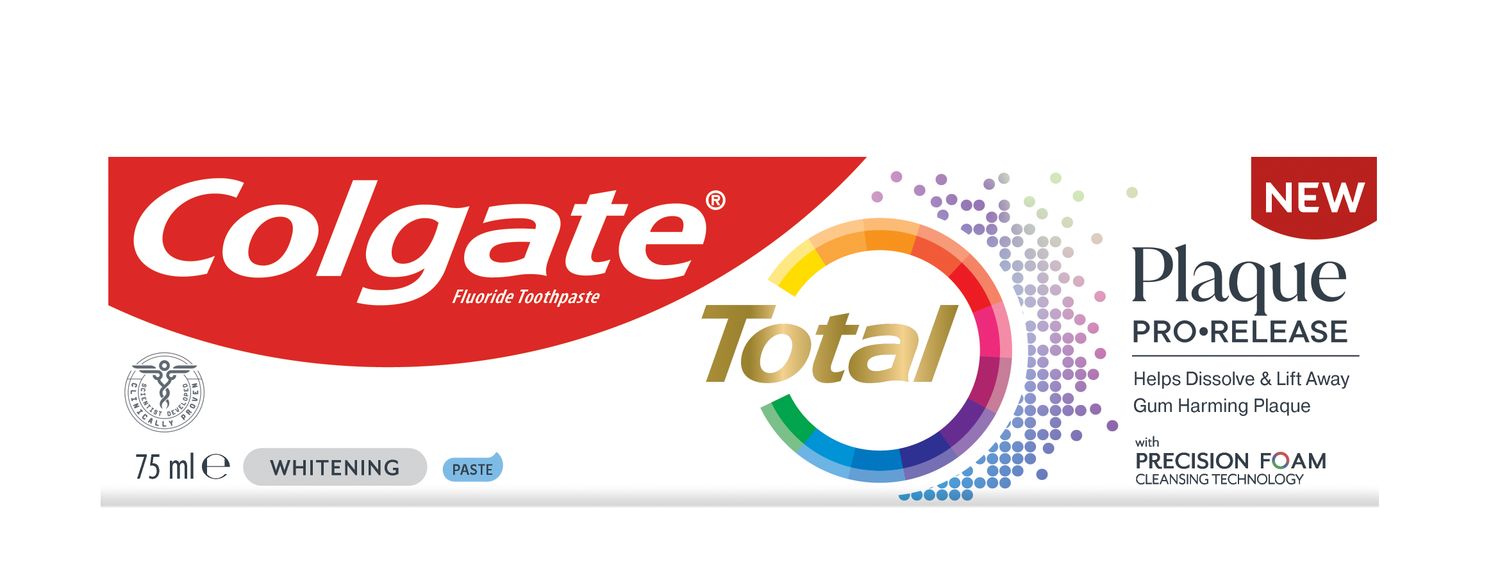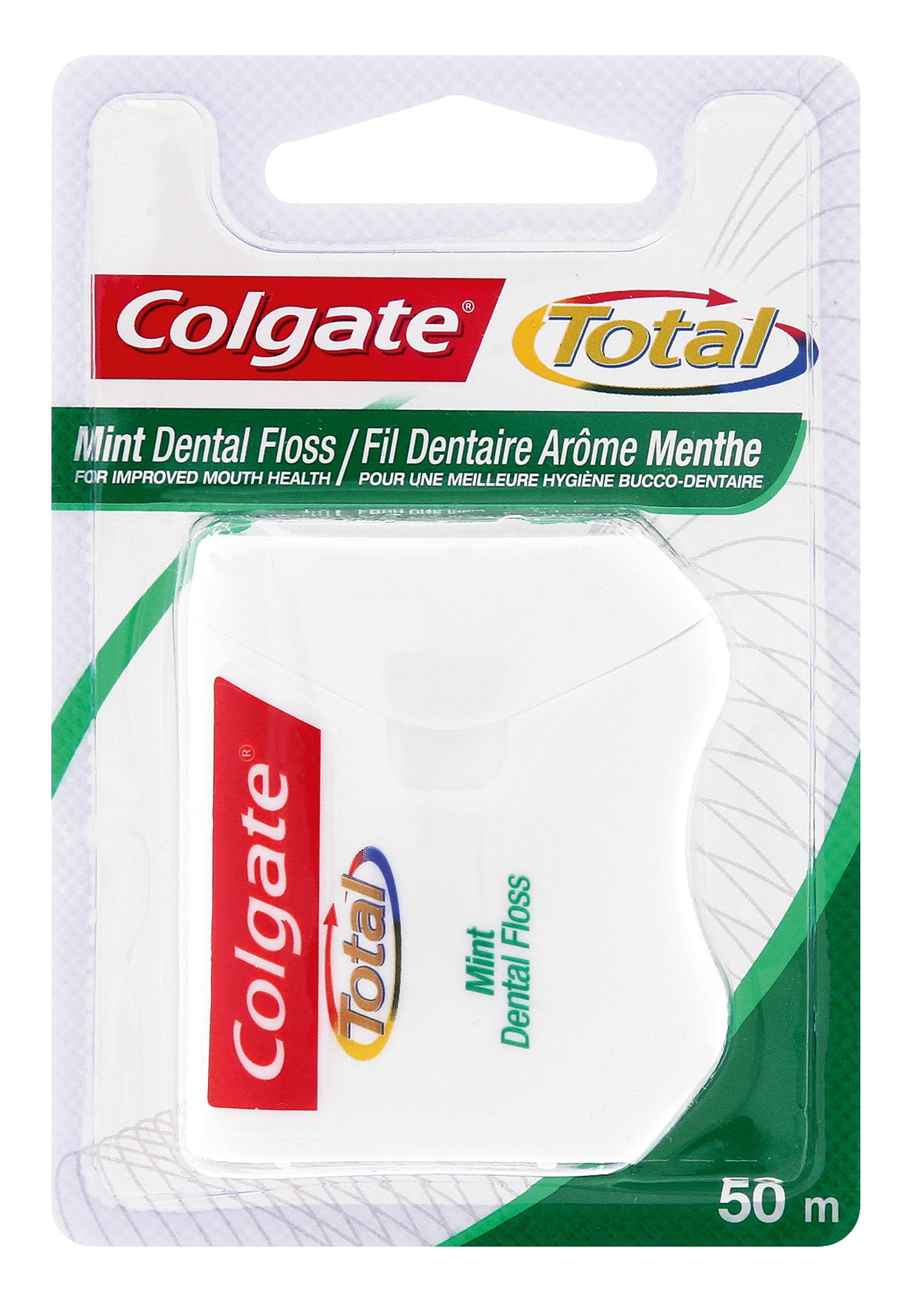Since gum recession can lead to tooth sensitivity and affects the look and health of your smile, you might wonder if receding gums can grow back. While receding gums don't grow back on their own, you can talk to your dentist or periodontist about treatment options to correct the issue and prevent it from getting worse.
What Happens When Gums Recede?
Your gums are meant to protect your teeth in several ways. The attached gingiva is firmly bound soft tissue that securely connects your teeth to underlying connective tissue to protect your teeth and bone. The unattached gingival mucosa is elastic, movable gum tissue that protects the insides of your cheeks and gums. The edge of the gum tissue, which surrounds and protects your teeth, is known as the gingival margin. When the margin pulls away from the teeth, it leaves the roots exposed. Your roots are covered with a calcified substance called cementum and are not as calcified as your tooth enamel, which may make them more susceptible to decay. Exposed roots may also result in tooth sensitivity, because nerve endings lie just under the cementum.
Causes of Gum Recession
- Poor oral health: Gum recession may be a sign of periodontal disease. When germs in plaque (a sticky, colourless film that forms in the mouth) builds up between the gums and teeth, the gums surrounding your teeth can become inflamed. If left untreated, this inflammation may result in the deterioration of the gums and supporting bone structure. This can lead to gum recession and even tooth loss.
- Overly aggressive brushing or flossing: It's great to be enthusiastic about oral care, but make sure you're brushing and not scrubbing. Over-brushing can damage teeth, as well as cause your gums to recede.
- Genetics: Your gums' characteristics are determined by genetics, just like the rest of your body. If either of your parents has gum recession, you may be at a higher risk thereof.
- Abnormal tooth positioning: If your teeth aren't in alignment or if you have a misaligned bite, gum recession can occur.
- Grinding and clenching your teeth: Also called bruxism, this habit can cause many dental issues, including gum recession, accelerated tooth wear, tooth sensitivity, and in extreme cases, loose teeth and tooth fracture. Let your dentist know right away if you think you're grinding your teeth. There are many options to help prevent or treat this habit, such as wearing a mouth guard while you sleep.
- Trauma to gum tissue: The gum tissue might recede when a traumatic injury has occurred to the gums or teeth around it.
- Using tobacco: Smoking and tobacco use increases your risk for receding gums. Give up this habit to help protect your gums.
Receding Gums Treatment Options
Do receding gums grow back? Unfortunately, they do not. Once the gum tissue has pulled back and away from the teeth, it's gone for good. However, there are options for treating gum recession.
See your dentist for an evaluation to determine the cause of your gum recession and whether treatment is recommended. Your dentist will also recommend measures you can take to prevent further gum recession.
If there is a progressive, noticeable recession, you're experiencing sensitivity, or you're not happy with the appearance, your dentist may recommend a gum graft to replace the lost tissue. Gum grafting is a surgical procedure that usually involves taking a small amount of tissue from one area, such as the roof of the mouth, then transferring it to the gum area in need. If you have signs of gum disease, your dentist might first perform a deep cleaning of the teeth to remove any germs.
Another method of treating receding gums is known as the pinhole surgical technique, which involves manipulating existing gum tissue over the exposed roots.
Preventing Further Recession
Good oral care habits, such as brushing twice a day and flossing at least once daily, can also prevent gingival recession. Always use a soft-bristled toothbrush and a proper brushing technique to help protect your enamel and gums. This won't correct the existing recession, but it is part of an oral hygiene programme that can help prevent further gum recession.
If your receding gums are due to other concerns, such as crooked teeth or a misaligned bite, talk to your dentist about solving the initial issue to help slow or even stop the recession.
Don't wait to see your dentist for advice and treatment for gum recession. There are ways to treat the issue to boost your confidence, reduce tooth sensitivity, and improve your oral health.














